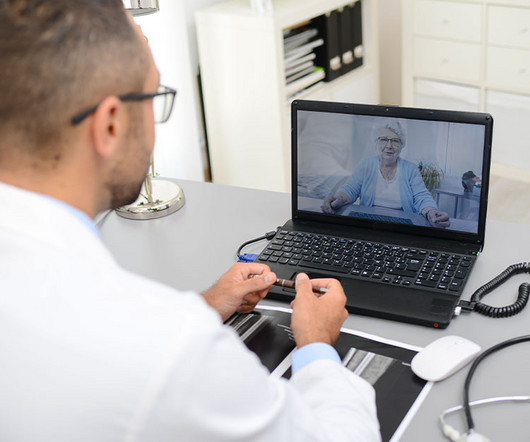How Covid-19 Can Inspire Tech-Enabled Value-Based Health Care in a Cash-Constrained America
Health Populi
JULY 13, 2020
health care financing regime of volume-based payment didn’t fare well as millions of patients postponed or cancelled procedures and visits for fear of contracting the virus in the halls, offices and clinics of hospitals and doctor’s offices. economic outlook for 2020 to 2030 on July 1, 2020. In other words, the U.S. of the U.S.













Let's personalize your content